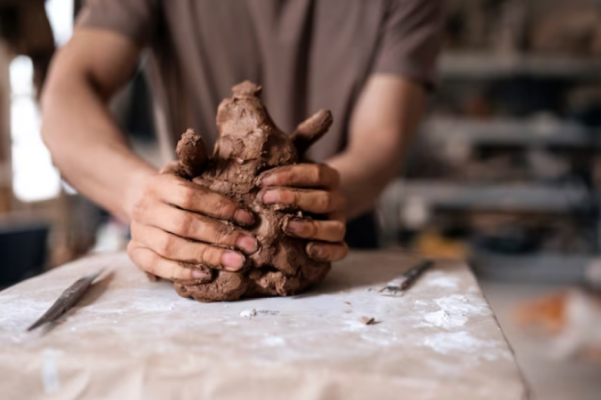The preservation of ancient artworks is a critical task, particularly for museums that are custodians of cultural heritage. An Italian museum, renowned for its collection of priceless masterpieces, faced a significant challenge in sourcing specific, rare restoration materials essential for the conservation of these artworks. Recognizing the urgency and importance of this task, a strategic and efficient procurement process was implemented to ensure the timely arrival of these materials, thereby enabling art conservators to maintain the integrity and longevity of these invaluable pieces.
Art restoration is a delicate and precise science that requires not only expert skills but also the right materials and tools. The materials needed for such work are often highly specialized and not readily available, as they must meet stringent criteria for quality, compatibility, and conservation standards. Furthermore, the rarity of some of these materials means they are often sourced from specialized suppliers around the world, adding complexity to the procurement process.
To address these challenges, the first step was to conduct a comprehensive assessment of the museum’s restoration needs. This involved close collaboration with the museum’s conservators to identify the exact materials required, considering the age, composition, and condition of each artwork. Following this, an extensive global search was undertaken to locate suppliers who could provide these high-quality and rare materials.
The procurement strategy emphasized timely and efficient logistics to ensure the prompt delivery of materials, considering the sensitive nature of art restoration. Delays in obtaining the right materials could result in further deterioration of the artwork, so a sense of urgency was paramount. Additionally, the process involved stringent quality checks to ensure that the materials delivered met the required conservation standards.
The successful implementation of this procurement strategy had a significant impact. With the timely arrival of the necessary restoration materials, the museum’s conservators were able to carry out their work effectively, ensuring that the ancient artworks were preserved with the utmost care. This not only helped maintain the integrity and aesthetic of these masterpieces but also extended their longevity, allowing future generations to appreciate these cultural treasures.
In conclusion, the efficient procurement of rare restoration materials was a crucial endeavor for the Italian museum. It highlighted the importance of strategic sourcing and logistics in the field of art conservation. By enabling the preservation of ancient artworks, the museum not only safeguarded its precious collection but also contributed to the preservation of cultural heritage at large.
